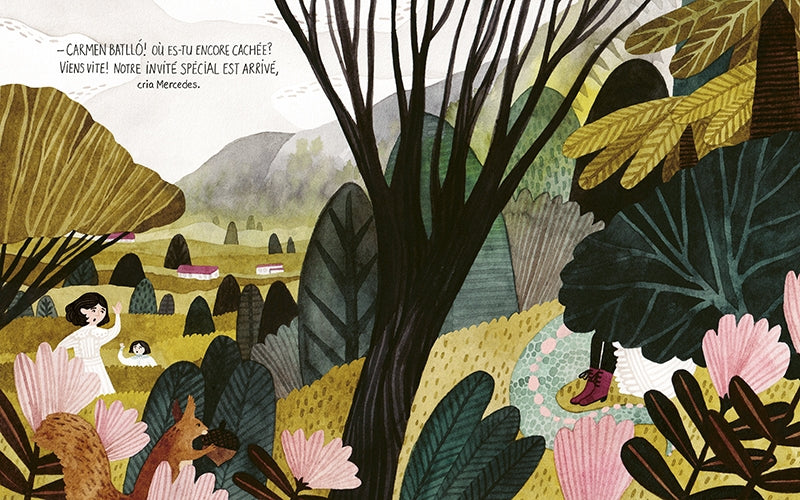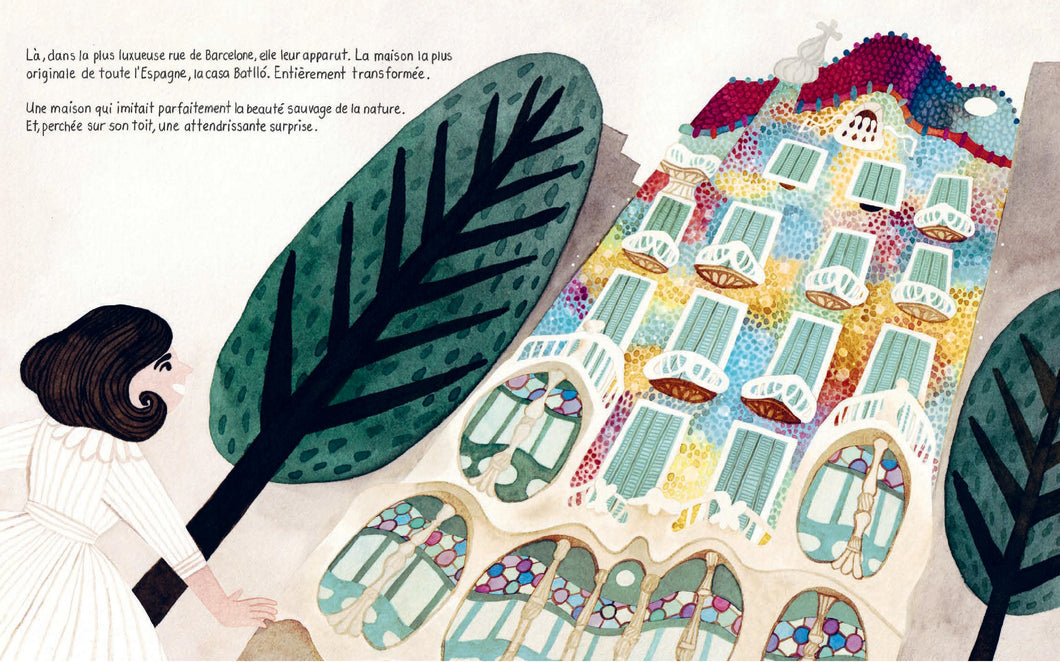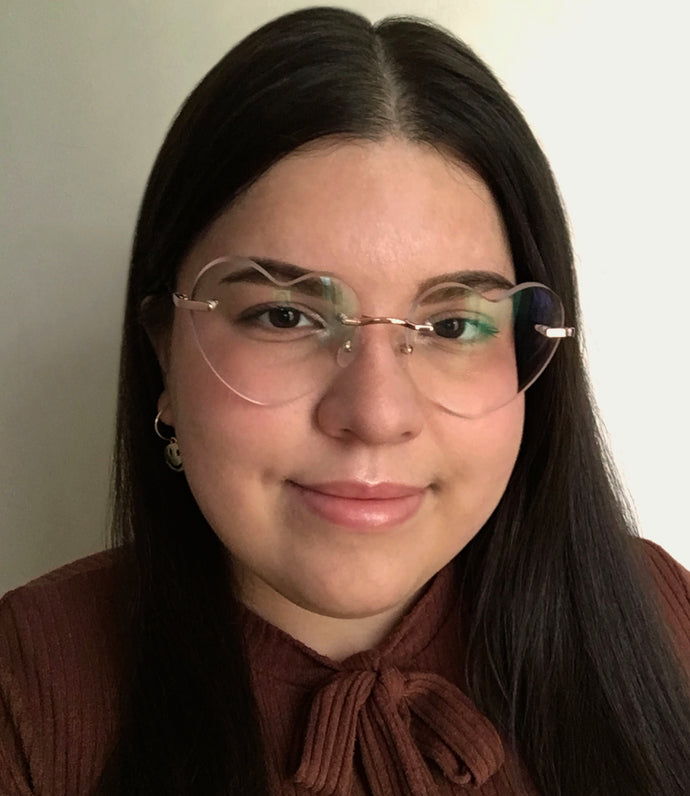
Illustrator and author
Marianne was born in Venezuela. She arrived in Montreal at the age of 7, the day after the ice storm. “With my sister, we found the snow and ice so beautiful! However, my parents suddenly questioned their decision to move!" She laughs.
Her sister then became her best friend, while the two of them learn French in the school newcomers class. “My mother told us that we could speak any language we wanted outside the house. But at home, we spoke Spanish to keep our mother tongue. It would have been such a shame to lose it! It’s a tool and a connection to who we are."
As part of her studies in graphic design at the Université du Québec in Montreal (UQAM), she worked on a personal book project: RACINE - Roots.
“From a young age, children asked me why I m called Marianne and not Mariana. So my mother told me that she was born on July 14, the day of the storming of the Bastille in France. My grandfather wanted to give her the most French name of the most French woman, Marianne. But my grandmother convinced her to name her after her two aunts, Maria and Liliana instead. My grandfather passed away when my mother was just 7 or 8 years old, so since then she had said to herself: the first daughter that I am going to have, I will call her Marianne in her honor.
When I learned that at 4, it was Woouah! There are so many stories that make who I am even before I was born! So I wanted do Racines to talk about this family heritage, all the values that we carry in us without even knowing it. We who have moved to a French-speaking province make even more sense! "
This book has become a leporello edited by Monsieur Ed, to express the breadth of the timeline, of filiation. It is an object of art charged with emotion, which one takes ownership of and associates with its own story.
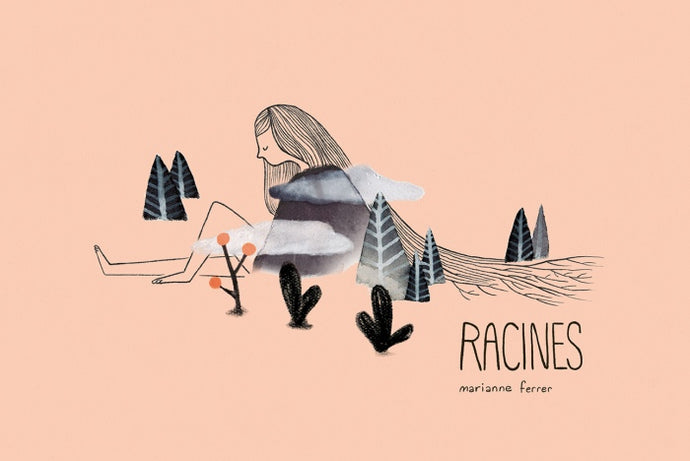
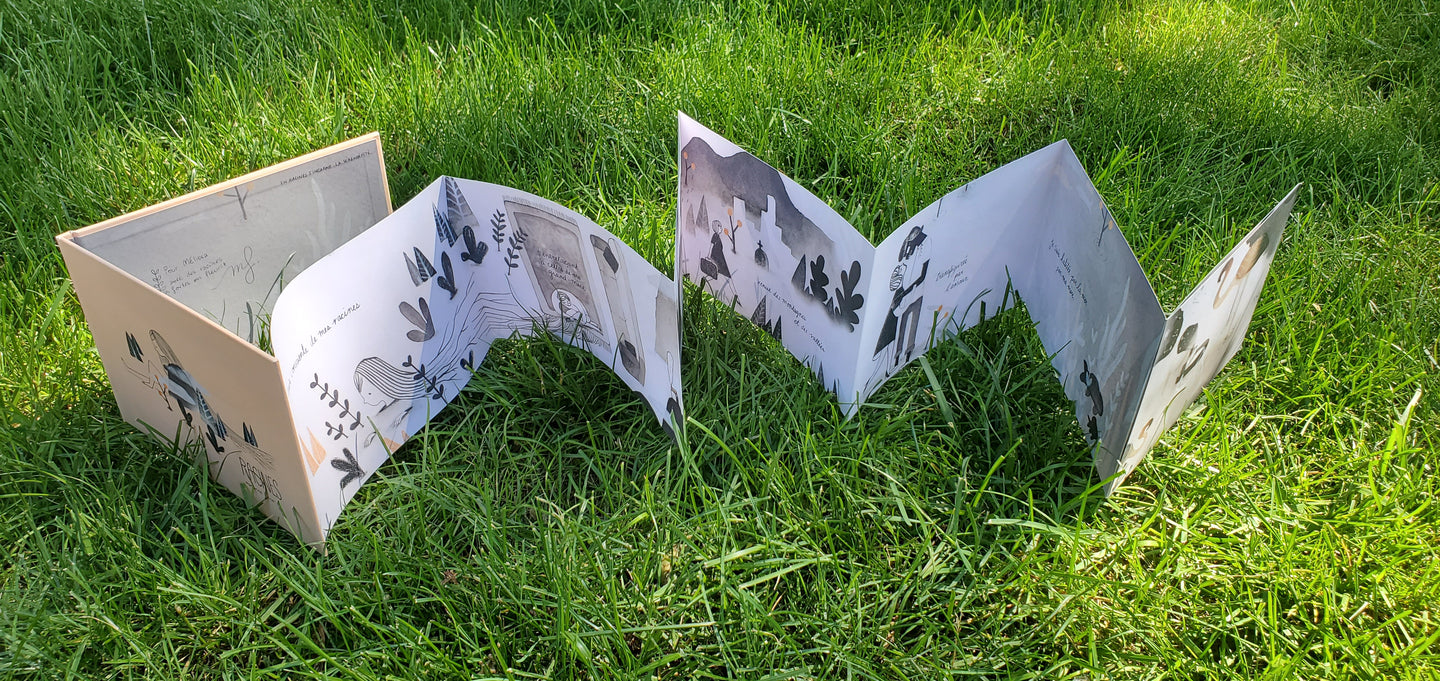
"My work process is to come up with the images first and then add text as needed. With Toucania, I visualized the adventure, what Amandine saw, what she discovered, the animals I wanted to illustrate. I see the story in my head as if it was a silent movie. For the text, Valérie Picard (editor) helps me because I am often already immersed in the illustrations, painting."
In Marianne's stories, filiation is a predominant theme, she who, as a child, accompanied her mother to her live model classes at the university, to practice herself. "I find that it's interesting when you can follow your dreams since you were little and make a story out of them."
The Invisible Garden is inspired by the world she created for herself while visiting her grandmother's garden. Arianne, it's abit her. There are very few words there to arouse introspection, to encourage another perspective of nature. The reader's imagination is free. "OK, what we see is a plant, but a plant also has its own universe!"
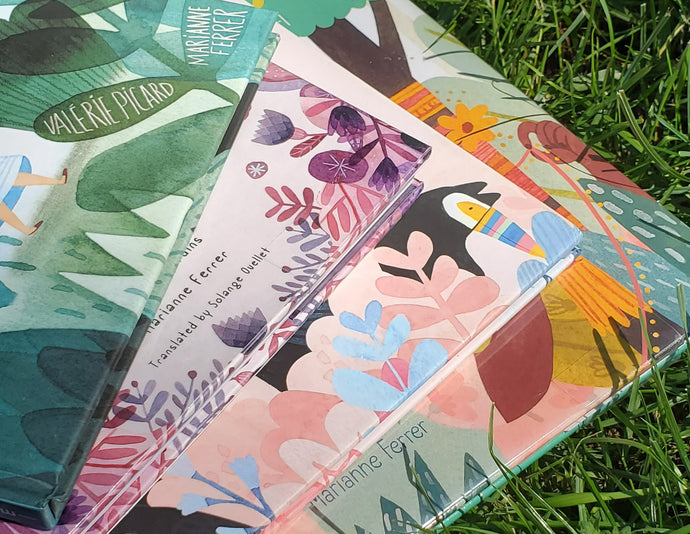
Marianne's hues are warm and peaceful at the same time. She is inspired by red (which makes pink) and green, complementary colors. "These are the most natural colors in the world, this is what you see when you look outside, red is in our blood, our skin. These are colors that are intuitively very human."
Both French-speaking and English-speaking publishers come to her for various projects. Most of the books she has illustrated are available in both languages. Marianne Ferrer takes pride in her multiculturality.
"It's a gift, even if it is sometimes difficult to be 'too' Canadian for Venezuelans, or 'too' Venezuelan for some Canadians. And my husband is American, so I am 'too' something else for Americans. I can't deny who I am, I love my story, I love who I am, so many identities at once."
And her work illustrates this well.
"Literature can be used to create links between communities, to reach out to people, to transmit our values. It is one of the first forms of culture we receive into our lives. Our countries are not monoliths. They are built with the hundreds of languages and cultures of the people who come to live here. We don't leave behind who we are, we are adding more layers."

Travel to Barcelona with Carmen and the Wild House ,
the latest album illustrated by Marianne Ferrer and written by Susan Hughes.
Venture between city and countryside, between reality and imagination,
and discover Gaudí's work through the eyes of a little girl and the watercolor of Marianne.
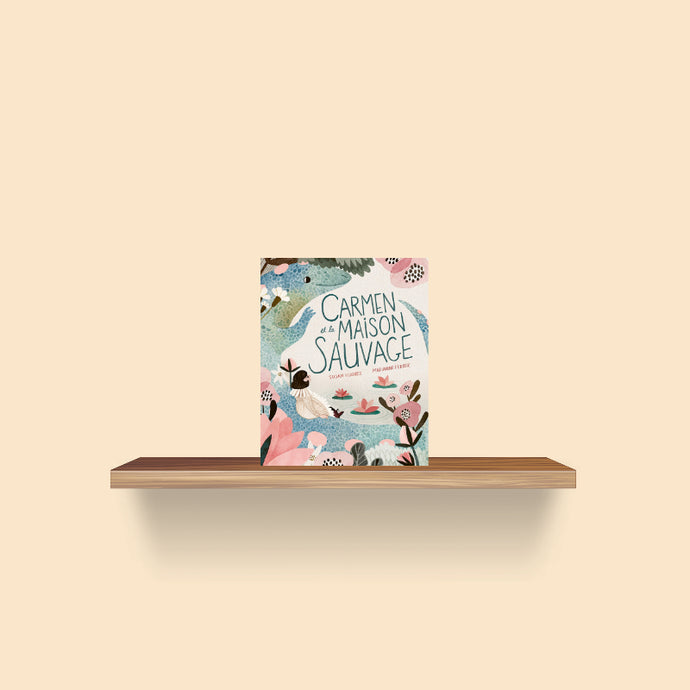
“When I was 20, I visited Barcelona with my family, el parque Güell, la casa Battló. It was when I was becoming a professional artist. To see this style of architecture so confusing, so unique and at the same time integrated into the city, it really struck me. I kept that feeling for a very long time.
So when I got Carmen's manuscript, I couldn't refuse, even though I already had several other projects in the works. It was something that called me very personally. (I didn't get much sleep for several months!) I didn't want to copy what I saw or what I can see in the reference images. I really wanted to see things from Gaudí's point of view, to see the lines moving and becoming snakes. Focusing on the small elements, like mushrooms, on the details, integrating them well.
I wanted to pay tribute not only to Gaudí, but also to this little girl who is going through something difficult: moving. I remember how difficult it was for me to arrive in Canada. But it always ends up being a great adventure!»
